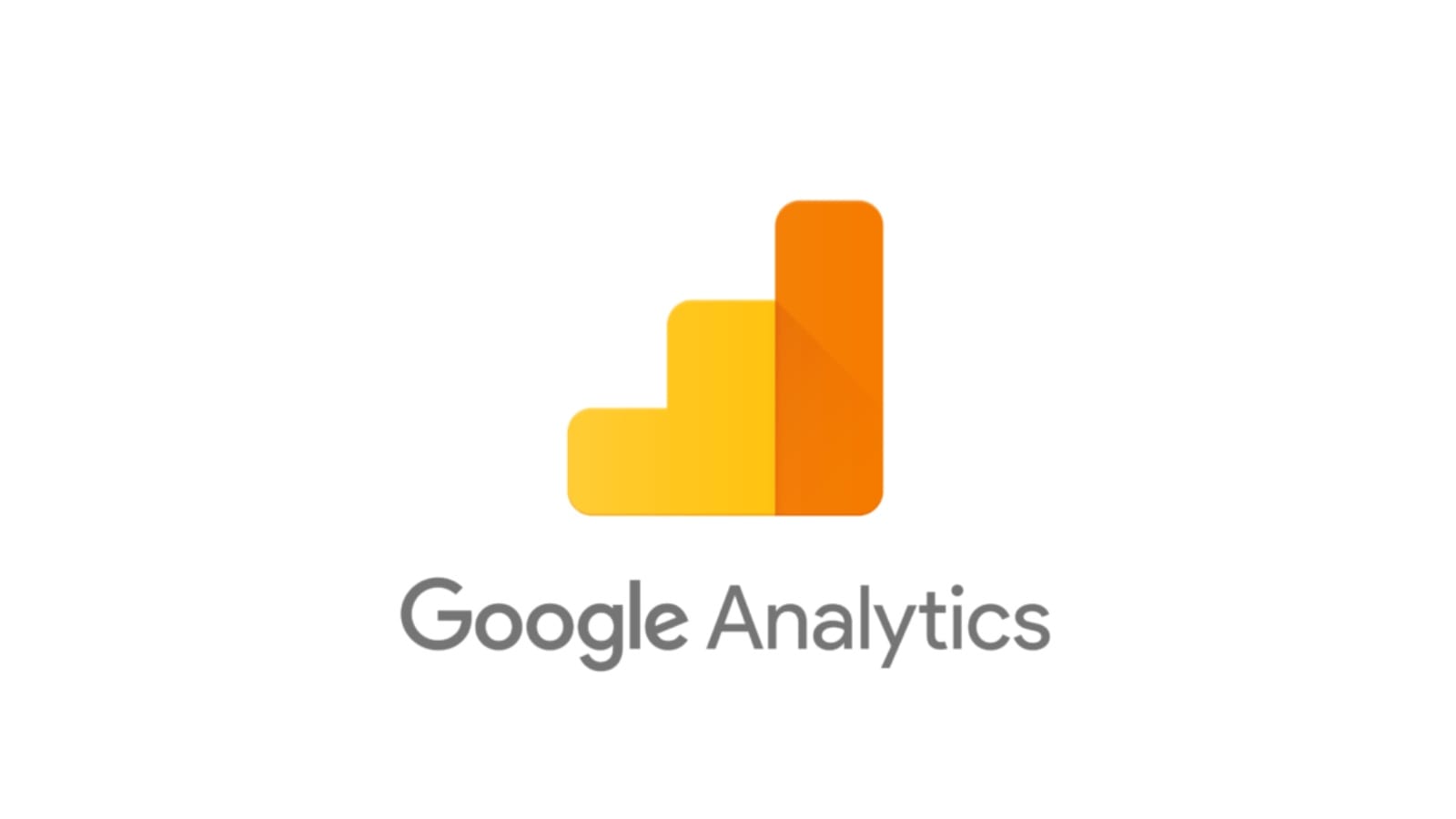Google Analytics 4 improves subproperty filtering of automatically collected events
Google this week announced Google Analytics 4 is enhancing automatically collected events from web data streams to solve a filtering issue for some subproperties.

Google this week announced Google Analytics 4 is enhancing automatically collected events from web data streams to solve a filtering issue for some subproperties.
Going forward, all automatically collected first_visit and session_start events from web data streams will contain the same event parameters as the event parameters for the first client-triggered event in a session. This means those automatically collected events will now be properly filtered in or out of a subproperty for consistent and predictable reporting.
This change is effective immediately, and Google says website owners do not need to take any action to enable it.
Prior to this change, event parameters for automatically collected events were not always being properly passed through to subproperties. This could lead to inaccurate reporting, as those events were not being properly filtered in or out of subproperties.
The following are some examples of how this change could improve the reporting:
- If you use subproperties to track different user segments, such as new users vs. returning users, you can now be confident that your automatically collected first_visit events are being properly filtered into the correct subproperty.
- If you use subproperties to track different traffic sources, such as organic traffic vs. paid traffic, you can now be confident that your automatically collected session_start events are being properly filtered into the correct subproperty.
Subproperties in Google Analytics 4 (GA4)
Subproperties in Google Analytics 4 (GA4) are similar to ordinary properties, but they inherit their data from a source property. This means that a subproperty will not have any data of its own until it receives data from its source property.
Subproperties can be used to filter a subset of data from a source property, or to give a subset of users access to a specific subset of data. For example, you might have one property for your entire company, and then create subproperties for each region or product line. This would allow you to give each team access to the data they need, without having to share all of your data with everyone.
Subproperties can also be used to create different versions of your GA4 property for different purposes. For example, you might create a subproperty for testing new features or configurations before you roll them out to your production property.
Benefits of using subproperties in GA4
- Data governance: Subproperties can be used to control who has access to what data. This can be helpful for organizations with complex data governance requirements.
- Data organization: Subproperties can be used to organize your data in a way that makes it easier to analyze. For example,you could create subproperties for different regions, product lines, or customer segments.
- Data testing: Subproperties can be used to test new features or configurations before you roll them out to your production property. This can help you to avoid potential problems with your data.
To create a subproperty in GA4, you must have a Google Analytics 360 account.

